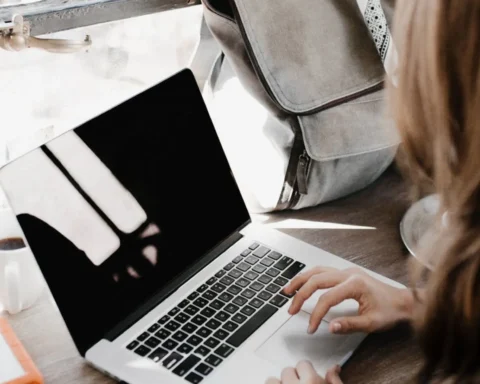The Teton Pass mudslide happened on June 8, 2024. There was a big landslide at milepost 12.8 that caused State Highway 22 to be shut down. This road is very important because it links Jackson in Wyoming with Idaho.
The governor, Mark Gordon, called the mudslide “catastrophic” and recognized its negative impact on people living nearby as well as the local economy.
The Wyoming Department of Transportation reacted swiftly by sending geologists and engineers to evaluate damages and formulate repair strategies.
Immediate Response from Authorities
For the Teton Pass mudslide on June 8, 2024, Wyoming Department of Transportation brought geologists and engineers to analyze the situation and make a repair strategy.
They built a short-term alternative route for cars to use while handling the big harm at milepost 12.8 and later slide at milepost 15.
The intention of WYDOT Director Darin Westby to make certain the detour is safe for people who travel was stressed, saying they are using good quality materials and professional monitoring during construction.
The Governor, Mark Gordon, has expressed that the Teton Pass mudslide is a “catastrophic event.” He recognized its large effect on inhabitants and the local economy.
Geological Factors Contributing to the Mudslide
The Teton Pass region has a strong inclination towards landslides due to its severe and rough terrain, as well as sedimentary rock arrangements.
The geological makeup is composed of steeply dipping rock layers that can form vulnerable spots resulting in mass wasting events.
The Teton Pass mudslide was mainly caused by fast melting of snow and intense raining. This made the soil get filled with water.
With the higher temperatures, the snowpack melted rapidly which resulted in more water from the ground that made the hillside unstable.
The connection between being prone to geologic issues and having very harsh weather ended in total disaster when the roadway failed.
Impact on Local Communities
The Teton Pass mudslide has had a big effect on people living in Teton County, Wyoming and nearby Idaho.
It has mainly affected workers who use this road for commuting to their jobs. Every day around 2,500 workers from Idaho drive back and forth to their jobs in Teton County.
This makes up about 15% of the total local workforce. The closure of Teton Pass means these commuters now have longer travel times; using other routes increases journey duration from an average 45 minutes to almost two hours each way.
In terms of money, each usual commuter is losing about $160 a day. This total loss for the community every day adds up to around $600,000 daily. Local businesses are also affected because longer waiting times and disruptions in service become normal.
Economic Implications of the Road Closure
The Teton Pass mudslide has greatly affected local businesses and tourism, which are very important parts of the economy in Teton County.
As the main way is closed, it stops tourists from coming to famous attractions and this results in a clear drop in people visiting shops, restaurants and hotels.
Numerous businesses are stating they have lost considerable amounts of money; there is fear that if this continues many may close for good.
The discrepancy in earnings among essential workers has become more evident.
People who travel every day for work in this vicinity find it harder due to longer journeys and extra expenses on transportation, which can put pressure on their already tight budget.
Temporary Detour and Its Challenges
The detour set up by the Wyoming Department of Transportation (WYDOT) around the Teton Pass mudslide area is a temporary route with two 12-foot lanes, giving room for one lane of traffic going in each direction.
To make it safer, they have put up concrete barriers and planned this detour to take traffic away from the slide area that is not stable.
When people use this detour, they find some difficulties like a curve that is tighter and a grade which is steeper.
Because of these things, there needs to be a lower speed limit set at 20 miles per hour on this new path we are taking because it has more bends in comparison with our usual way through Teton Pass.
Long-Term Repair Plans
Plans for permanent repairs to Teton Pass, as detailed by the Wyoming Department of Transportation, starts with rebuilding the road in its original alignment.
This means they won’t consider options like building a bridge or rerouting it because maintaining the existing path is seen as the most feasible solution.
WYDOT intends to make the roadway more stable, planning improvements on native fill that caused the first failure.
The Teton Pass mudslide event is a clear sign that areas with mountains have special weaknesses because of very bad weather and geological features. When people come together to help each other in this hard moment, the actions by WYDOT to keep watching and bring in plans for now and forever show their dedication towards safety and flexibility.








